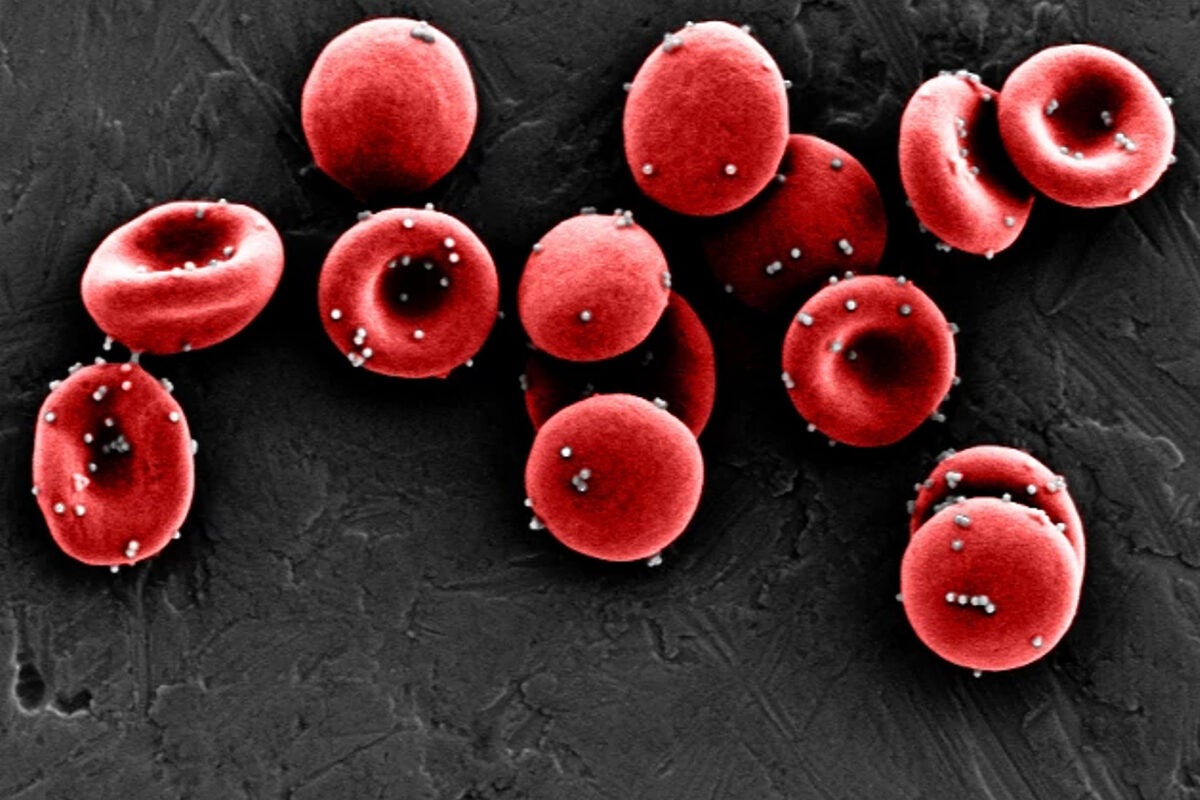When a patient with cancer is told the devastating news that their disease has spread, or metastasized, to a new part of their body, it has most often moved to their lungs. There are no treatments approved for lung metastasis, which is the leading cause of death from metastatic disease. That grim prognosis may soon be less grim thanks to a new technique developed by researchers at Harvard’s Wyss Institute for Biologically Inspired Engineering and John A. Paulson School for Engineering and Applied Sciences (SEAS).
Rather than viewing lung metastasis as unfortunate fallout from a primary tumor elsewhere, the team focused on treating the metastasis itself by delivering immune-cell-attracting chemicals into lung cancers via red blood cells. Not only did this approach halt lung tumor growth in mice with metastatic breast cancer, it also acted as a vaccine and protected the animals against future cancer recurrences. The research is reported in Nature Biomedical Engineering.
“Our approach is the exact opposite of conventional cancer treatments that focus on getting the immune system to recognize and attack the primary tumor, because those tumors are often large and difficult for immune cells to penetrate,” said co-first author Zongmin Zhao, a postdoctoral fellow at the Wyss Institute and SEAS. “We recognized that the high density of blood vessels in the lungs provides much better access to tumors there, offering a unique opportunity to induce an immune response by targeting the metastasis.”
An EASI solution to a hard problem
Delivering therapies to their intended target while sparing the rest of the body is one of the grand challenges of medicine. The liver and spleen are incredibly efficient at filtering out any foreign substances from the blood, meaning that drugs often need to be given at a high dose that can cause harmful off-target side effects. Overcoming this barrier to effective treatment is a major focus of Wyss core faculty member Samir Mitragotri’s work, and his lab recently discovered that attaching drug-filled nanoparticles to red blood cells allows them to escape detection and stay in the body long enough to deliver their payloads while minimizing toxicity.
Zhao and his co-authors decided to use that technique to see if they could deliver immune-system-stimulating chemicals to metastatic lung tumors rather than chemotherapy, which can damage lung tissue. They chose a chemokine, a small protein that attracts white blood cells, called CXCL10 as their payload.
When cancer goes through metastasis, the branching blood vessels that allow oxygen to diffuse from the lungs’ air sacs into red blood cells are so tiny that a rogue cancer cell circulating in the bloodstream can easily get stuck there and take up residence, eventually growing into a secondary tumor. Once established, metastatic tumors unleash a campaign of chemical cues that thwart the body’s defenses, hampering efforts to induce an immune response.





